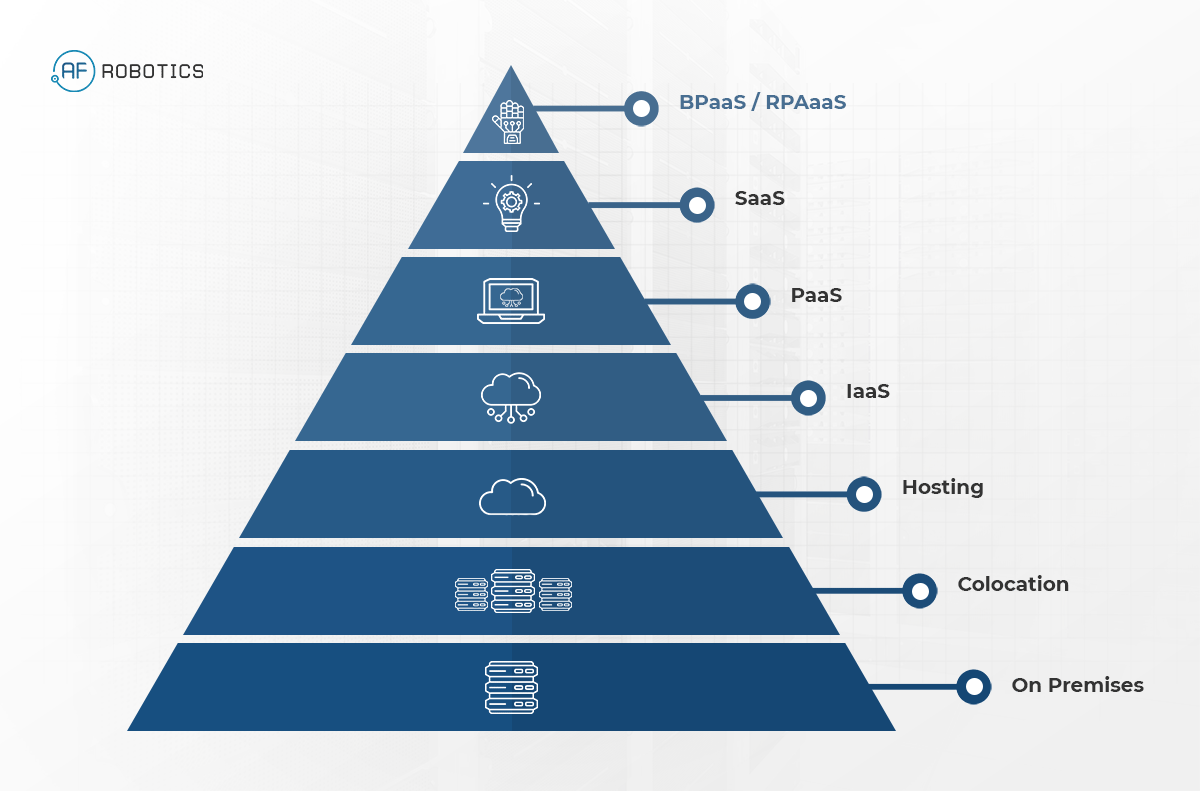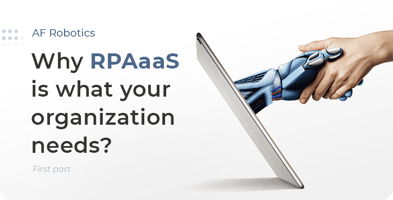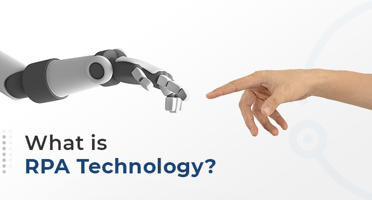Always starting the writing of an article by request of the communications team is challenging for...
Why RPAaaS is what your organization needs? Part 2
To delve deeper, I will explain in broad strokes what an automation project is made up of, in this case, automation with RPA. We will start by dividing the cost into two types:
- Capital Cost: These are usually one-time costs, or at least this is what we expect.
Incubation Cost: This is the cost associated with learning, the organization's cost in trying to acquire this new knowledge about the technology and its implementation. Usually it is considered a low cost because someone says that the weekend studies it and on Monday it arrives ready to implement, but don't be fooled, Rome was not built in a day.
Process Discovery Cost: This is the cost that you as an organization will have in salaries and experiments while your team searches for the holy grail, a project with an ROI of 10K% and will only cost USD $50.00 to carry out. This cost is low as long as you have a clear plan and good knowledge; remember, not doing this process well can result in pointless automations and waste of time and capital.
Automation development cost: Is the cost of the engineering team that implements the technology within the company, in the order given once the discovery of what should be automated. This cost is usually considered high, but in theory, we only have to pay it once to enjoy the benefits of automation.
- Operation Cost: These are the costs that must be paid repeatedly: week by week, month by month, year by year.
Licensing cost: The technology typically has an owner who invested a large sum of money in its development, and the return on that investment is given by charging its clients through the sale, lease, subscription (SaaS comes in here), and other methods through a license either per the computer, per user, per transaction, per process, per processor or some weird thing that we haven't invented yet. This cost is high and must take special care with the cost of scaling; remember, when something works well, it is expected that it naturally becomes more significant, and we must know how much it costs if it grows, even before it happens.
Infrastructure cost: Software always requires hardware, physical devices, and peripherals that make the Software exist and operate, customarily associated with computers (processors, ram, and storage), but there are also channel issues, high availability, redundancies (communications and energy), energy, monitoring costs (monitors, Software and people), backups, data centers, temperature, sensors, security. This cost is typically considered "Low" because it is common for traditional companies to have this cost from years ago already, and they say: "Install it there, it still bears" or "Wait, I'll make a space for it." Remember, this is the car's engine; it depends on whether it has 1000 horsepower or doesn't even run.
Cost of support and maintenance of the automation: This is usually the most dangerous cost and commonly underestimated by every IT or business analyst who wants to get rid of a problem; I explain why; Automating with RPA and BPMS appears when it comes to processes, typically management or procedural processes that the organization must accelerate or ensure their result by minimizing human error, however, when dealing with processes, it is common to find that there are multiple actors whom they interact as do people, data and systems. Any variation of these three variables will immediately cause what is parameterized in the automation software (what we taught to the machine) to be modified so that it can continue. On the other hand, it is natural that the process improves, new things are added, and new challenges arise. The organization must know its operations, how they are automated and how its governance and evolution will be. This cost is considered High in almost all scenarios and will be part of the operating cost.
With all of the above, you, dear reader, can now give a talk on this topic to anyone interested and, as you may have noticed, automating. However, it is urgent and mandatory for almost all businesses that want to scale and be more profitable; it is not a project that should not be taken lightly or budgeted with the company's petty cash. So imagine a world where you don't have to know so much about technology; everything is done; and just by paying for something that has already been tested, you can enjoy it without worrying about licensing, maintenance, problems, availability, and evolution. Among many things mentioned above, well, that's RPAaaS. During this service, all the overhead costs are absorbed by the provider, and you only pay for the use; if you need to scale, call the provider. He tells you the variation of the monthly value to have more robots working for you; if you require something new, contact the provider, and he tells you the variation of the monthly value. I'm sure you already got my idea; for these and many more reasons, RPAaaS is the model you and your organization need to benefit from technology without becoming a technology company and losing focus of purpose, vision, and mission.
I want, kind reader, to leave this image in your head to close this article, where we graphically explain the "food pyramid" in technology, supported by all the arguments given above. If you liked or did not like this article, let me know in the comments; also, if you want to collaborate, deepen or ask something, we will be happy to collaborate with you and your challenges. Remember that at AF Robotics, we work for and for you; we are convinced that you will have superhumans in your team when we properly implement technology in your processes.

Click here to read article's first part.





